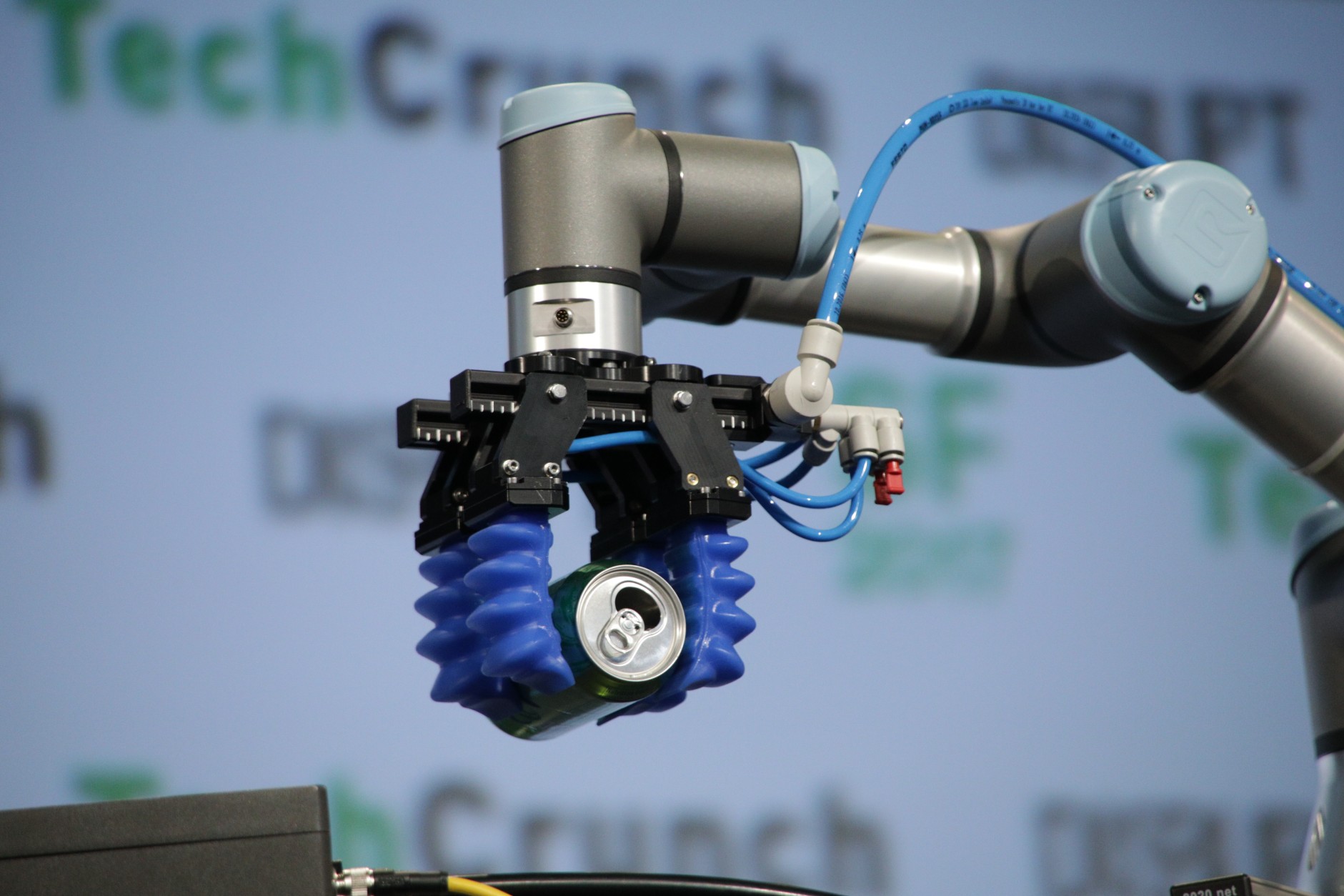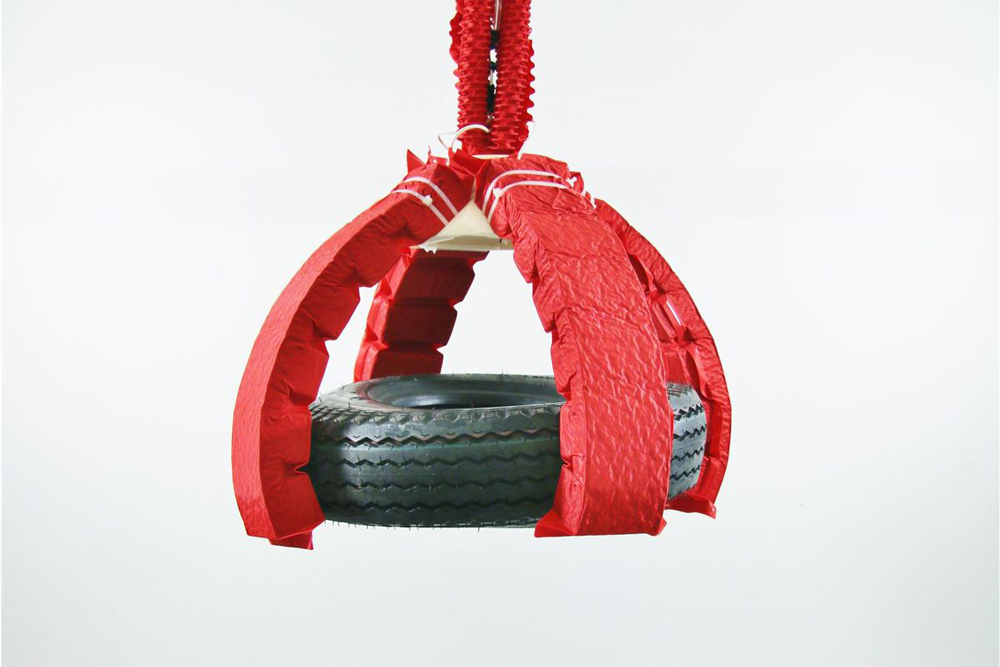Why Do We Need Soft Robotics?

Soft robotics involves highly compliant materials; it is a subfield of robotics focused on creating robots that act very similar to living organisms, including the way they move and adapt to surroundings. Now that we have a better glimpse of what robotic applications in soft robotics may be, let's have a look at where we stand and where we are going with this in the upcoming years.
Advantages of Soft Robotics
Compared to standard robots, soft robots have specific characteristics which bring multiple benefits:
- More life-like: It helps understand animals and dead creatures better as we can recreate them with more real-life movements and bodies.
- Increased Flexibility: Soft robots can go places and do things those hardbody robots can't.
- Gentle Manipulation: Soft robotics also provide a more delicate approach as robots are less rigid.

The Different Types
There are many different soft robot applications to consider:
Prosthetics
Given that soft robotics is focused around mimicking the movement of living organisms, we can now find more life-like prosthetics for those who have lost limbs or extremities.
In India, students in the Global Immersion Summer Program wanted to show how soft robotics can provide more mobility and be more effective compared to current prosthetics. Using 4 modules: thumb, palm, fingers, and control, the students successfully proved that a soft robotic prosthetic could grip, pinch, and function similar to a normal hand.
Edible Robots
Invented by a high school team in Philadelphia, edible robots are used to deliver medicine to different parts of the body. In fact, researchers in Switzerland designed gelatin-based robots that humans and animals can ingest.
Robotic Muscles
One of the most popular applications for soft robots, robotic muscles, has been used for many different important purposes. According to SingularityHub.com, there are now soft robotic muscles that can lift 200 times their own weight and can actually self-heal.

Climbing Robots
There are not many climbing robots yet, but we can surely imagine how they could be used. The tendril-like soft robot, created by researchers at IIT-Istituto Italiano di Tecnologia, can move around different types of structure like a pipe or a branch. On the other hand, robots like Flippy use their balance to climb more vertical surfaces.
The Future of Soft Robotics
As technology transitions more to soft robotics compared to standard robotics, it opens up a whole new world of possibilities. Here are a few areas where soft robotics could have a vital impact in the future:
Healthcare Treatments
Over the past few years, soft robotics has been used for many different medical purposes like surgery, medical treatments, and diagnostics. As time presses on, expect to see huge medical breakthroughs in soft robotics.
Construction
Given their impressive climbing abilities and brute strength, it's only a matter of time until soft robotics are constructing every building on earth. Until then, climbing robots should become more important for inspection and maintenance purposes.
Wearable Technology
While robots are typically believed to do work for us, soft robotics allows these robots to work with us. Many wearable robotic applications are being designed to help act as limbs, help rehabilitate injuries, and much more. Soft robotic prosthetics should become more and more life-like, precise and present.
What's next?
Whether you want to believe it or not, robotics is more sophisticated than ever and definitely shapes our future. Robotic engineers and researchers are surely not done with soft robotics. Studies and experiments should allow more breakthroughs.
Sources
https://en.wikipedia.org/wiki/Soft_robotics
https://pulse.embs.org/may-2018/soft-robotics-revolution/
https://www.robotics.org/blog-article.cfm/5-Innovative-Applications-of-Soft-Robotics/109
https://softroboticstoolkit.com/book/case-study-soft-robotic-prosthetic-hand-amputees-pam
https://www.cbinsights.com/research/edible-robots/
https://singularityhub.com/2018/01/11/low-cost-soft-robot-muscles-lift-200-times-their-weight/#sm.0000b1asa2jjaenx108by5wnmy8nc
https://www.sciencedaily.com/releases/2019/01/190124105317.htm
Picture credits
https://www.theverge.com/2017/11/27/16705062/soft-robot-muscles-origami-skeleton-mit-harvard[
https://spectrum.ieee.org/automaton/robotics/robotics-hardware/mit-soft-robotic-fish-explores-reefs-in-fiji
https://techcrunch.com/wp-content/uploads/2017/09/soft-robotics-147a3847.jpg
Thanks for helping to keep our community civil!
This post is an advertisement, or vandalism. It is not useful or relevant to the current topic.
You flagged this as spam. Undo flag.Flag Post


